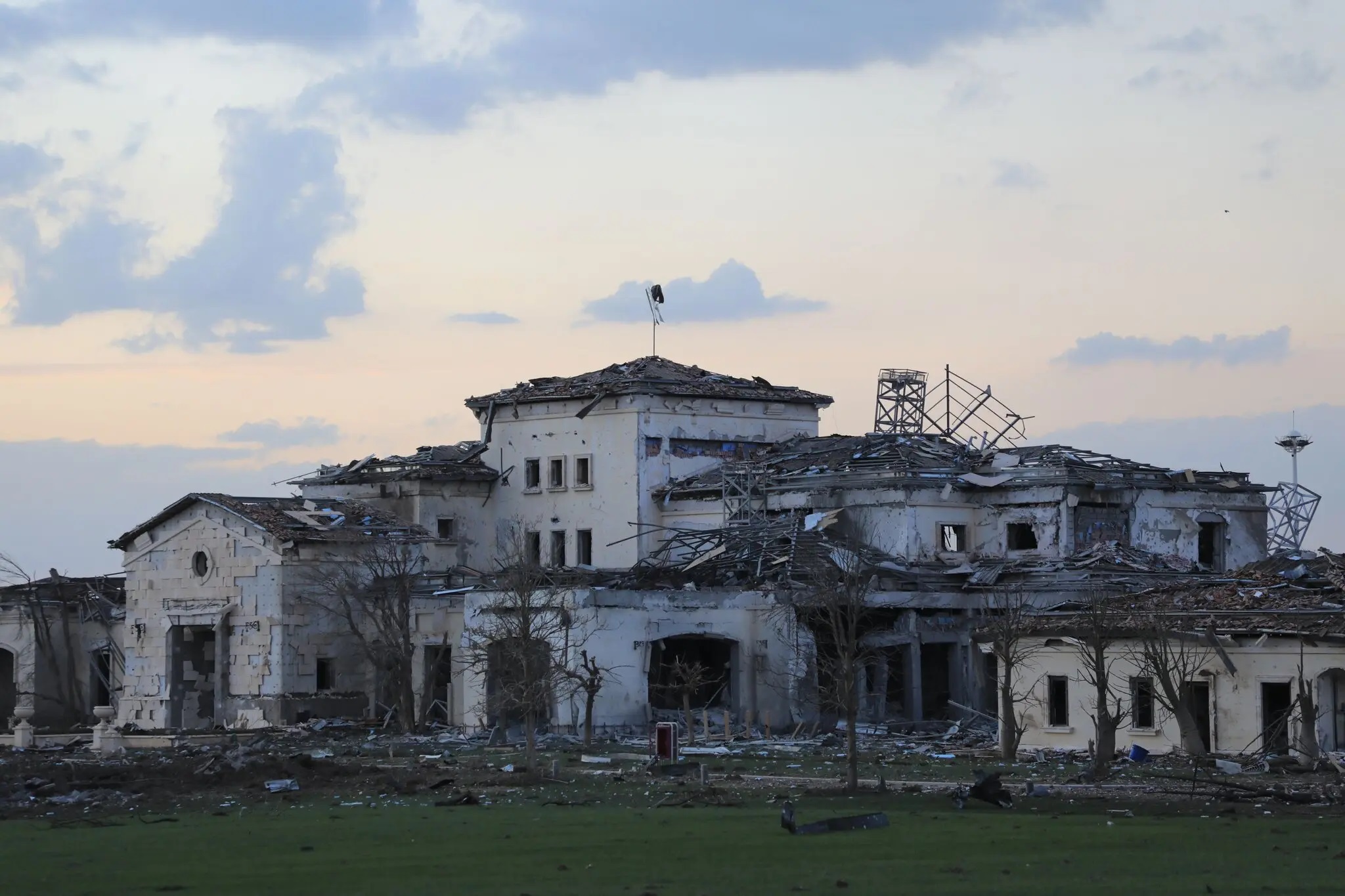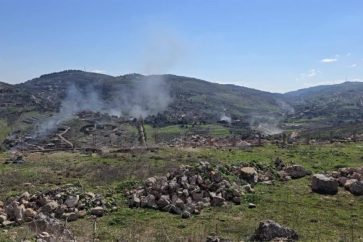The New York Times
Farnaz Fassihi, Ronen Bergman and Eric Schmitt
A senior intelligence official briefed on the operation said that six suicide quadcopter drones exploded into the Iranian facility near Kermanshah, Iran, on Feb. 12. The official, who asked not be identified when discussing sensitive intelligence issues, said the facility was Iran’s main manufacturing and storage plant for military drones, and that the Israeli attack destroyed dozens of them.
Iranian officials have not confirmed that the facility was used for drones, referring to it only as a base for the Islamic Revolutionary Guards Corps, the paramilitary force that carries out much of Iran’s foreign military activities.
Iran’s drone program has been the subject of increasing concern to Israeli and American officials, as well as to Gulf countries like Saudi Arabia and the Emirates. A document compiled by Israeli intelligence lists 15 drone attacks carried out by Iran or its proxies in the region from February 2018 to September 2021.
Israeli military officials say that Israel has been attacked by Iranian drones several times. Last year, an Israeli F35 fighter jet intercepted two drones that Israel claimed had taken off from Iran, on their way to the Gaza Strip to drop off a supply of pistols for Hamas, the Islamist militant group that controls Gaza, the Israeli military said.
American officials say that Iran also provides drone technology to proxy forces in Iraq and Syria, who carry out strikes against American personnel in those countries with Tehran’s blessing or direction.
Last October, five so-called suicide drones were launched at the American base at Al Tanf, Syria, in what the military’s Central Command called a “deliberate and coordinated” attack. The attack caused no casualties but the drones were loaded with ball bearings and shrapnel in a “clear intent to kill,” a senior U.S. military official said.
U.S. officials said they believed that Iran directed and supplied the local proxy forces that carried out the attack in retaliation for Israeli airstrikes in Syria, the first time Iran directed a military strike against the United States in response to an attack by Israel.
The real wake-up call on the threat of Iran’s drone program came in 2019, with a pair of dramatic pinpoint strikes on two Saudi oil facilities carried out by a combination of drones and cruise missiles.
The strikes were claimed by the Houthis, a Yemeni insurgent group, but American and Israeli officials said they were directed and possibly carried out by Iran. Iran denied responsibility.
That strike and others led Israeli officials to conclude that the best defense against Iranian drones was to attack the production and storage sites, like the one attacked last month, according to the senior intelligence official.
It was unclear what role, if any, the United States played in the February strike. The senior intelligence official said that Israeli officials briefed the United States in advance.
Iranian officials have not publicly linked Israel’s attack in Iran with their attack in Iraq, but others — including an analyst close to the Revolutionary Guards, an adviser to the Iranian government, an Iranian proxy force in Iraq and a Lebanese television station affiliated with Iran — have said the Iranian attack was retaliation for the Israeli one.
Iran fired more than a dozen missiles on Sunday at a site in Erbil, Iraq, that Iranian officials say the site is a base for Israeli intelligence operations against Iran.
Erbil is the capital of the semiautonomous Kurdistan region of Iraq. While the Iraqi government does not have diplomatic relations with Israel, the Kurdish regional government has a long history of close ties with Israel.
“We believe this building in Erbil was a center for coordinating and planning operations against Iran’s national security and several malicious activities against Iran happened from there,” Hossein Dalirian, a prominent defense analyst affiliated with the Revolutionary Guards, said in an interview.
Saeed Khatibzadeh, the Iranian foreign ministry spokesman, said Monday that “Iran will not tolerate that a location near its border be used for destructive and terrorist operations inside Iran.”
Iraqi and Kurdish officials have denied that Israel operates a base there. Israeli officials have declined to comment.
A senior U.S. official who was briefed on the strikes said the building hit in Erbil served as an Israeli intelligence outpost and training facility. But a senior Biden administration official rebutted that assessment, saying the administration believes that the building that was hit was a civilian residence only and did not also serve as an Israeli training site.
The senior U.S. official and another U.S. official confirmed that Israel has conducted intelligence operations against Iran from Kurdistan, but declined to cite specific details. The two officials spoke on condition of anonymity to discuss confidential intelligence assessments.
In a statement on Sunday, the State Department spokesman Ned Price said the missiles struck a private residence near the new U.S. Consulate in Erbil, which is under construction. He said that no U.S. facilities were damaged and no American personnel were injured, adding that “we have no indications the attack was directed at the United States.”
Iranian officials have claimed at least once before that they had attacked Israeli intelligence bases in Iraq and killed its field personnel. That claim could not be verified.
Iran’s ambassador to Iraq, Iraj Masjedi, said in a speech in Karbala, Iraq, on Monday that Iran respects Iraq and considers it a close ally and that neither Iraq nor the United States were the targets of the attack in Erbil.
But the attack does represent a more aggressive posture against Israel adopted by Iran’s relatively new hard-line government, defense analysts said. Officials in the previous Iranian government had professed a strategy of “strategic patience,” at least until the end of the Trump presidency in an effort not to give President Donald J. Trump an excuse to launch a war he seemed eager to wage.
“Iran’s strategic patience has ended and from now on it will be answering attacks with attacks,” said Gheis Ghoreishi, an analyst who is close to the government.
Iran is more confident about its regional policies, he said, because it is convinced that the U.S.’s maximum pressure policy — the Trump administration’s strategy of piling punishing sanctions on Iran in an effort to coerce its agreement to a more restrictive nuclear agreement — had failed.
And as the Biden administration struggles to resurrect the nuclear agreement with Iran, Mr. Ghoreishi said, Iran is convinced that Washington has no appetite for another war in the region.
The Revolutionary Guards, he said, have concluded that the most effective way to defend against Israel was to “increase the costs” and adopt an “eye for an eye” policy of strikes and counterstrikes.
Source: The New York Times




